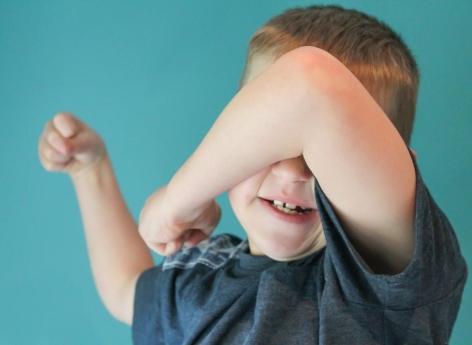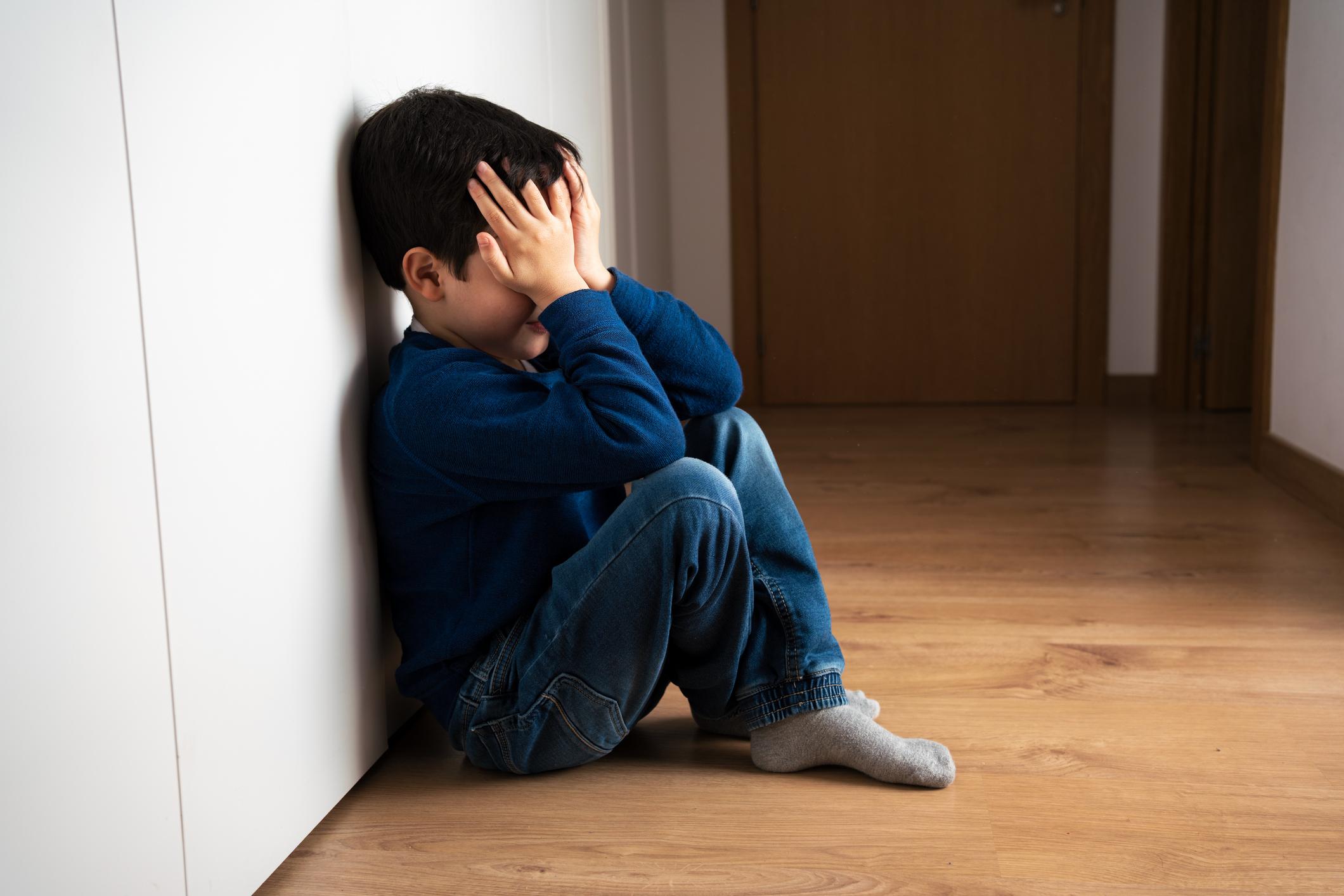More fluoride in running water would easily reduce the number of cavities in children. Explanations.

Small amounts of fluoride occur naturally in water, air and plants. Associated with regular brushing, this mineral is considered an essential agent in the prevention of cavities. Putting it in running water would reduce the number of cavities in children and thus tackle the social inequalities in this area, which are very pronounced in the United States. “At the age of 11, an American child living in poverty has twice as many dental cavities as a” well-to-do child, specify the authors of a new study on the subject, published in the JAMA.
Save $2.5 billion
In this epidemiological survey, the scientists crossed data on the level of fluoridation of the counties, coming from the centers “for Disease Control and Prevention”, with figures on childhood dental caries, listed by the National Health and Nutrition Examination Survey.
Findings: Children from low-income families were less likely than others to live in a county with fluoridated water, and “reductions in water fluoridation-related cavities were most pronounced for income level weakest” of the cohort, say the researchers. These data “suggest that increasing the presence of fluoride in American communities of 1,000 or more people would save $2.5 billion annually in dental caries-related costs,” the authors add.
Fluoride intake is recommended as soon as the first teeth appear
According to the scientific literature, fluoride intake is recommended as soon as the first teeth appear using a toothbrush impregnated with a small amount of fluoridated toothpaste. Around 12-18 months, brushing must become daily and up to 6 years, toothpaste must contain a dose less than or equal to 500 ppm of fluoride. Then at the age of 6 years, the dose should be between 1,000 and 1,500 ppm of fluoride.
In children where a significant caries risk is detected (poor dental hygiene, poor diet, etc.), the dentist may recommend the use of a more highly dosed toothpaste from the age of 10. Specialists specify that between 0 and 3 years old, brushing must be done by an adult. The latter will have to continue to assist the child in order to check the quality of the brushing, to ensure the correct dosage of toothpaste and to limit its ingestion.

.

















